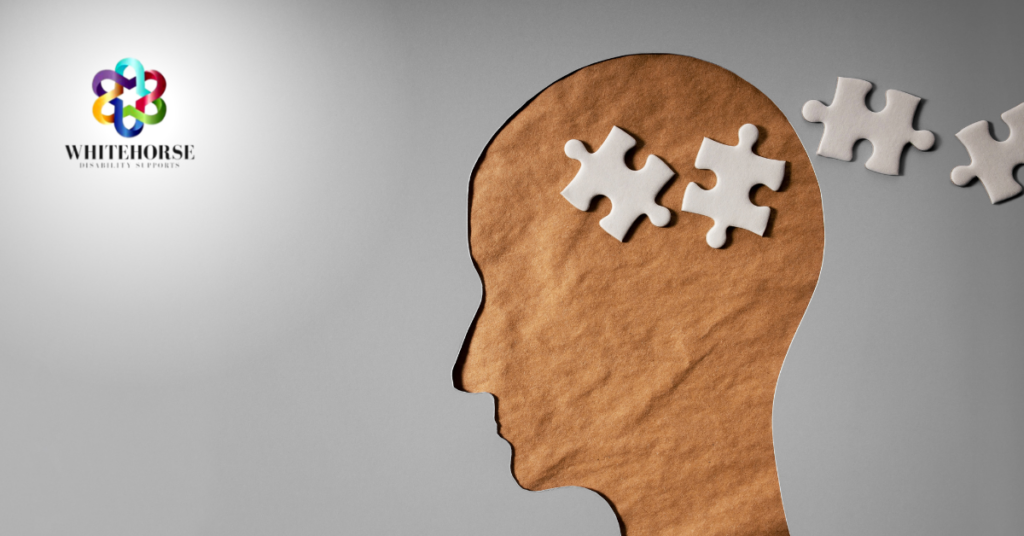
4.4 million people live with an invisible disability in Australia. An invisible disability is a physical, mental, or neurological condition that can affect a person’s movement and is not visible to others. Some examples of invisible disabilities include autism, ADHD, mental illness, brain injuries, chronic pain, cognitive and learning disabilities.
However, invisible disabilities can often go undetected as they are not easily visible to others. This can often lead to people with invisible disabilities being told they are faking, lazy or exaggerating their disability. So how do we end this stigma and work on understanding invisible disabilities better?

We can end understand invisible disabilities better through creating an inclusive environment for them. For example, if a person tells you they have a disability, it is important for you to believe them, show empathy and acknowledge their disability. Thank them for sharing with you and check to see if they need any help or support. This will help them feel comfortable and accepted. It also helps to educate yourself on what the different types of invisible disabilities look like to have a better understanding of how to navigate them.
In addition, if you invite them to an event or activity, ensure there are reasonable accommodations in place for them. For example, if a person with a disability has problems with hearing, having subtitles or sign language available would be a good option. Or if they are vision impaired, providing them with audio options or braille. Another example is if you work in an office with a person who has a disability, offer flexible work hours, where they have the option to work from home. We hope you have found this blog post insightful.

